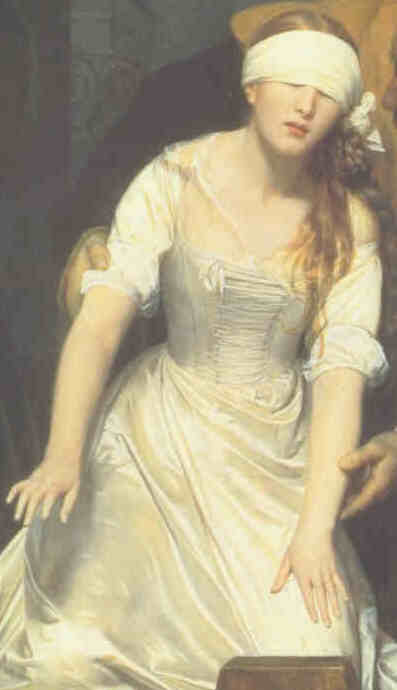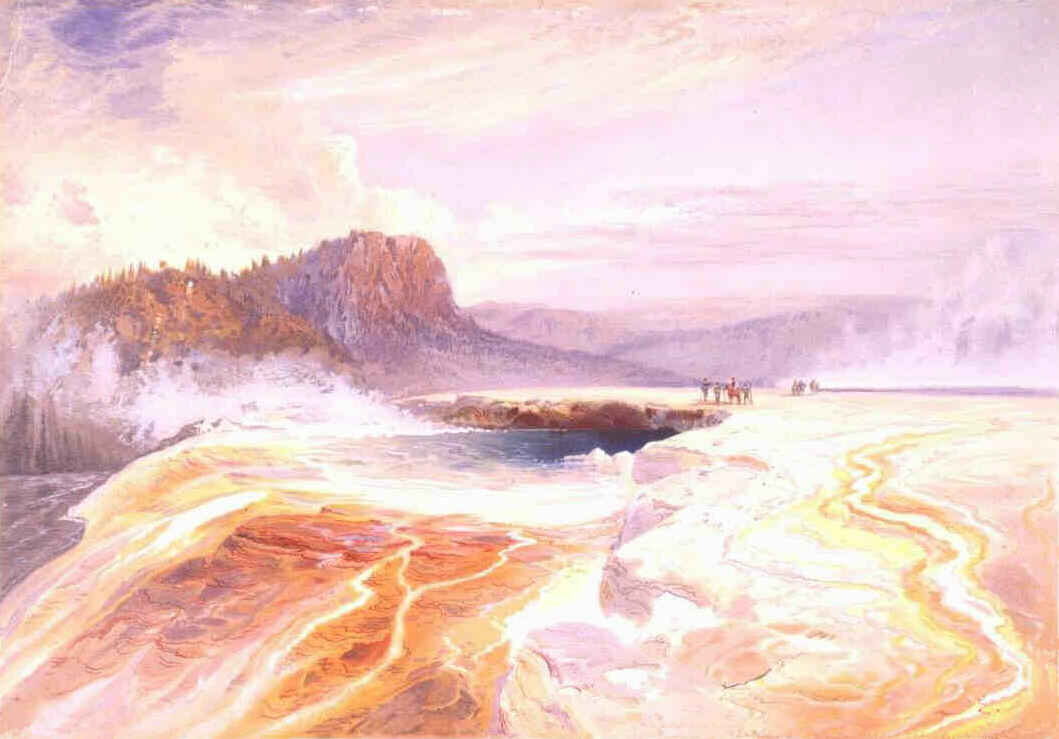^
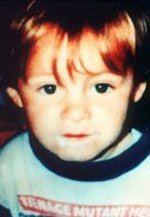 1993
James Bulger, 35 months old, tortured to death by two 10-year-olds. 1993
James Bulger, 35 months old, tortured to death by two 10-year-olds.
A small boy [photo >]
who was to turn three in March was taken from the Strand shopping center
in Bootle, Liverpool, by two 10 year old boys. Jamie Bulger walked away
from his mother for only a second and Jon Venables took his hand and led
him out of the mall with his friend Robert Thompson. They took Jamie on
a walk for over 2 and a half miles, along the way stopping every now and
again to torture the poor little boy who was crying constantly for his mommy.
Finally they stopped at the railway line at Walton Lane, Liverpool. where
they brutally kicked him and threw stones at him and rubbed paint in his
eyes and pushed batteries up his anus. They then left his beaten small body
on the tracks so a train could run him over to hide the mess they had created.
Denise Bulger's statement, made before
James' body had been found, contained the words of a mother who believed
her child was still alive. She used the present tense. James's hair 'is
ready for cutting,' she said. 'His eyes are blue but in the right eye is
a brown streak. He has a full set of baby teeth.' Mrs. Bulger, 25, remembered,
as only a mother who had dressed her child that morning could, that he was
wearing a Noddy T-shirt, and that his white underpants had 'a yellow stripe
and a black stripe which is very thin, almost a pencil line'. She told -
a truly horrendous irony - how James 'loved anything to do with trains'.
Then she described the moment she realized he had gone. She was in the butcher's
shop, A. R. Timms. 'James had been at my side while I was being served.
But as I looked down he had gone. I panicked and ran to the security office.'
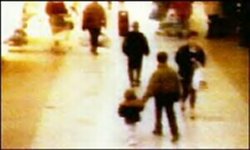 [<
the abduction, from security video tape] [<
the abduction, from security video tape]
At the trial ( 1 Nov — 24 Nov 1993):
7
Nov 1993: Mrs. Bulger, of Kirkby, Merseyside, was not in court for the first
week of the trial, expected to last four weeks. She was at home, avoiding
newspapers, television, anything that would add to her pain. Her husband
Ralph, 26, was in court.
5 Nov 1993:
Mrs. Z cried as she told how two boys had tried to abduct her son shortly
before James disappeared. Lorna Brown, 43, cried as she told how she had
seen James with a fresh bump on his forehead, being led by two boys.
Kathleen Richardson, 45, told how she was
traveling on the 67a bus and had seen two boys swing James high into the
air. She shouted: 'What the hell are those kids doing to that poor child.
What kind of parents have they got to allow them out with a child like that?'
Kathleen Richardson said she cried out in anger when she saw how roughly
a baby was being treated by two older boys. She was on the 67a bus traveling
home. At about 15.50, as the bus reached a roundabout about a mile from
the New Strand, she saw out of the bus window two boys with a young child
between them. The boys were holding the child's hands. One let go as the
other swung the child high above his shoulder. She saw the child's white
shoes as he came up. 'I shouted out in the bus: 'What the hell are those
kids doing to that poor child! What kind of friggin' parents have they got
to let them out with a child like that?' Under cross-examination, Mrs. Richardson
added: 'They were being rough with him. That's what made me shout out. It
will never leave me because it upset me so much.'
5 Nov 1993: Others came closer to stopping the hike to the railway line.
Irene Hitman, 63, told how she had spoken to two boys and expressed concern
about the little boy with them. The toddler 'had a lump on his forehead
and a terrible lump on the top of his head'. He was struggling. 'His little
legs seemed to be giving out under him,' she said. But again the boys moved
on relentlessly towards Walton Lane.
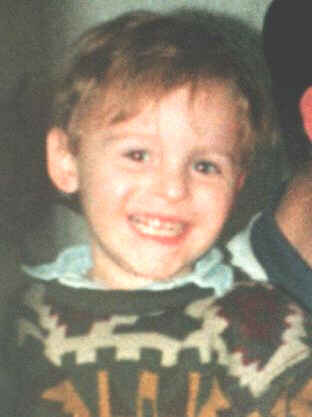 Earlier,
the court heard that by the time James had reached the Leeds and Liverpool
canal, a quarter of a mile from the New Strand, he was in a distressed condition.
Malcolm Walton said he saw a child, whom he later identified as James, clearly
upset. 'He was crying his eyes out.' Earlier,
the court heard that by the time James had reached the Leeds and Liverpool
canal, a quarter of a mile from the New Strand, he was in a distressed condition.
Malcolm Walton said he saw a child, whom he later identified as James, clearly
upset. 'He was crying his eyes out.'
4 Nov 93:
The jury in a packed courtroom
in Preston crown court watched in silence as the drama of the last seconds
leading up to James Bulger's alleged abduction by two 11-year-old boys flickered
in front of them on video screens. In what the prosecution described as
a 'compilation video', the court was shown a sequence of frames which captured
the vital moments before James went missing. They were taken on February
12 by 16 video cameras set up around the New Strand shopping precinct in
Bootle. The frames, staggered by intervals of two or three seconds, made
the images jump like an early silent movie. The video, the prosecution alleged,
gave a detailed account of how the two-year-old was lured to his death.
The boys, who can be named only as child A and child B, deny the charges.
The prosecution used a single white
arrow superimposed on the footage to direct the gaze of jurors. The film,
blurred and of poor definition, started at 12.23 when two boys could be
seen walking towards the camera. Richard Henriques QC, prosecuting, said
the boy in a dark coat was child A, while child B wore a lighter jacket.
The footage cuts between shots of the boys in the shopping center Some show
them close together, jostling or playfully kicking each other. In other
frames they have wandered apart. At 15.14 the video captured them hanging
around a book stall in the center of the precinct square. After a couple
of minutes, they moved on again. At 15.37 James Bulger and his mother, Denise,
came into view walking towards the camera positioned outside AR Timms butchers.
The following seconds caught the instant when James disappeared. At 15.38,
while his mother was paying for some sausages, he was captured on the bottom
right-hand corner of the screen standing on his own. He appeared to glance
around him, then walked out of the field of vision. A minute and a half
later, Denise rushed out of the shop. She was seen hurrying in several directions
searching for her son. By 15.41 the first shots were taken of James walking
across the precinct square in close proximity to the two boys. In one frame
he was holding the hand of the one said to be child B. The three boys were
filmed moving away out of the main exit of the precinct's upper level. The
final frame, taken at 15.43, showed them fading into the distance.
The Crown's witnesses added flesh to this
skeleton account of events. Angela Higgins described how she and her two
sons, who were convalescing from chickenpox, had visited the New Strand
on the day James went missing. She saw two boys 'messing around' with a
fire hydrant and thought they should have been at school. Without her noticing,
her younger son, aged four, went up to the boys to ask them what they were
doing. When she called him back the taller of the two boys appeared to be
talking to him. Hearing her voice, the taller boy looked at her. 'He held
my stare. Then he turned to his friend, muttered something and wandered
off.' The testimony jumped forward in time to about 15.15 when Pamela Armstrong,
a nurse, was running a health information stall in the central square of
the precinct. She saw a young boy approach the stall and pick up a book.
He leafed through some pages, then 'put the book back roughly'. She said
the boy, who was wearing a beige anorak and dark trousers, was then joined
by a second boy, and they both began 'tormenting an old lady'.
Ms Armstrong's mother, Hilda, who was also at the stall, said she saw the
boys shoving each other. 'I was speaking to a lady about a medical problem
and they were grabbing at our books as if to take them. They gave cheek
until we could take it no longer and this lady swung her bag at them and
said: 'Clear off you cheeky brats.' They moved off.' Anthony Flaherty, a
sales manager, said he was with his wife outside Toymaster. He saw a boy
come out of the toy shop holding what he assumed to be a stolen tin of modeling
paint. He described the boy with the paint as carrying a light, beige-colored
jacket over his arm. He was joined by a boy wearing a dark jacket. Brian
Walsh QC, defending child B, referred Mr. Flaherty to the police statement
he had made 10 days after the incident. It said the boy holding the paint
carried a dark jacket while the other's was beige. 'You got it completely
the wrong way round,' Mr. Walsh said. 'Yes sir, I am very, very nervous,'
Mr. Flaherty replied. Another shopper, Janet Naylor, said she saw two boys,
who she identified as the defendants from photographs, in front of the side
entrance of Timms butchers. One dropped a small tin of paint, spilling some
of it. Ms Naylor then entered the butcher's and a few minutes later a woman
came in shouting: 'I cannot see him outside.' She was referring to her son.
The trial continues today. (4 Nov 93)
3 Nov 1993: Mrs. Bulger goes to hospital for a routine test on her pregnancy.
Everything is fine. The baby is due in December.
“All little
boys are nice until they get older.” — Robert Thompson, age 11
On 22 June 2001, the British authorities announced that Robert Thompson
and Jon Venables, both then 18, would be released, because a parole board
ruled they were no longer a danger to the public. They would be given new
homes and identities, which a court order bars the British media from revealing.
Foreign media vowed to publish the information, and many expect “the
evil pair” to be murdered. |
 2001
First ever descent of a spacecraft onto an asteroid.
2001
First ever descent of a spacecraft onto an asteroid.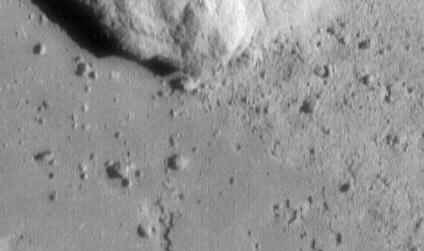 The
Near Earth Asteroid Rendezvous (NEAR) mission is the first of NASA's Discovery
missions and the first mission ever to go into orbit around an asteroid.
The spacecraft is powered by 1800 W solar panels. It is equipped with an
X-ray/gamma ray spectrometer, a near-infrared imaging spectrograph, a multispectral
camera fitted with a CCD imaging detector, a laser altimeter, and a magnetometer.
A radio science experiment will also be performed using the NEAR tracking
system to estimate the gravity field of the asteroid.
The
Near Earth Asteroid Rendezvous (NEAR) mission is the first of NASA's Discovery
missions and the first mission ever to go into orbit around an asteroid.
The spacecraft is powered by 1800 W solar panels. It is equipped with an
X-ray/gamma ray spectrometer, a near-infrared imaging spectrograph, a multispectral
camera fitted with a CCD imaging detector, a laser altimeter, and a magnetometer.
A radio science experiment will also be performed using the NEAR tracking
system to estimate the gravity field of the asteroid. 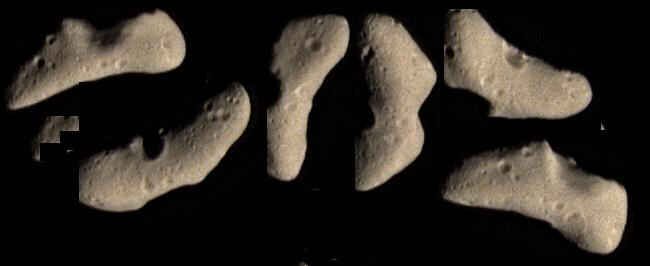 A problem caused an abort of the first encounter burn and the mission had
to be rescoped for a 23 December 1998 flyby of Eros and a later encounter
and orbit on 14 February 2000.
A problem caused an abort of the first encounter burn and the mission had
to be rescoped for a 23 December 1998 flyby of Eros and a later encounter
and orbit on 14 February 2000. 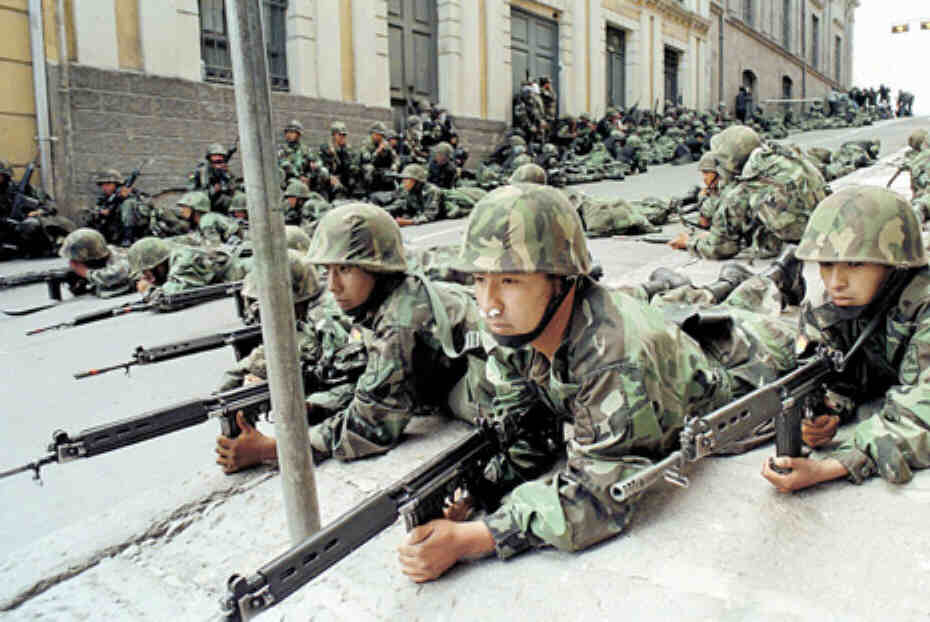
 1993
James Bulger, 35 months old, tortured to death by two 10-year-olds.
1993
James Bulger, 35 months old, tortured to death by two 10-year-olds.
 [<
the abduction, from security video tape]
[<
the abduction, from security video tape]  Earlier,
the court heard that by the time James had reached the Leeds and Liverpool
canal, a quarter of a mile from the New Strand, he was in a distressed condition.
Malcolm Walton said he saw a child, whom he later identified as James, clearly
upset. 'He was crying his eyes out.'
Earlier,
the court heard that by the time James had reached the Leeds and Liverpool
canal, a quarter of a mile from the New Strand, he was in a distressed condition.
Malcolm Walton said he saw a child, whom he later identified as James, clearly
upset. 'He was crying his eyes out.' 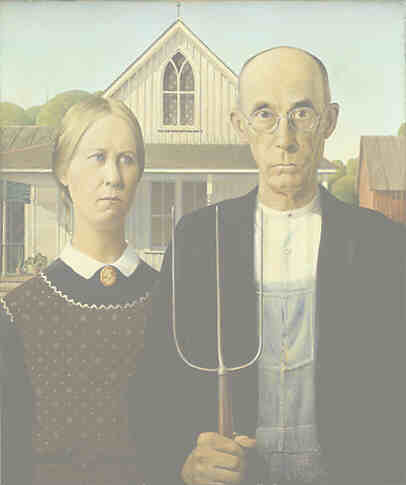 1962
1962
